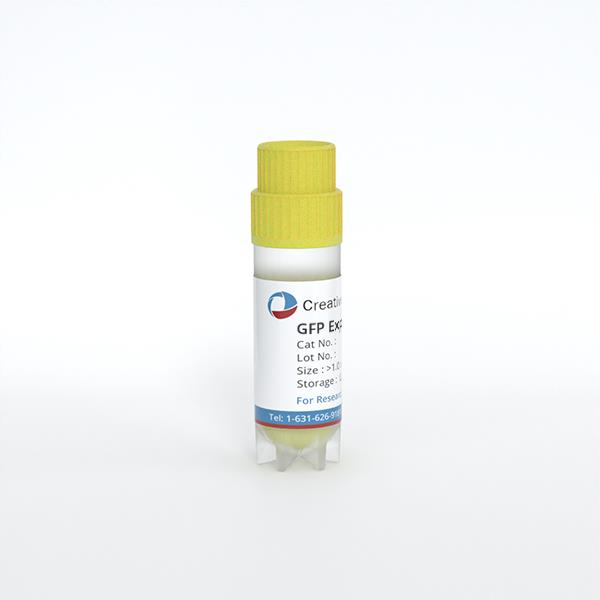ONLINE INQUIRY

Human Ovarian Epithelial Cells
Cat.No.: CSC-C4876L
Species: Human
Source: Ovary
Cell Type: Epithelial Cell
- Specification
- Q & A
- Customer Review
Never can cryopreserved cells be kept at -20 °C.
Phenol red is used in culture media as an indicator of pH: red when neutral, yellow when acidic, and purple when basic. Studies have shown that phenol red mimics the effects of steroid hormones (especially estrogen). To avoid steroid reactions, culture cells, especially mammalian cells, in medium without phenol red. Because phenol red interferes with the assay, some researchers do not use media with phenol red when doing flow cytometry.
Ask a Question
Average Rating: 5.0 | 1 Scientist has reviewed this product
Reliable products
We have always relied on Creative Bioarray's products because they have helped us to complete our experiments well.
17 July 2022
Ease of use
After sales services
Value for money
Write your own review


